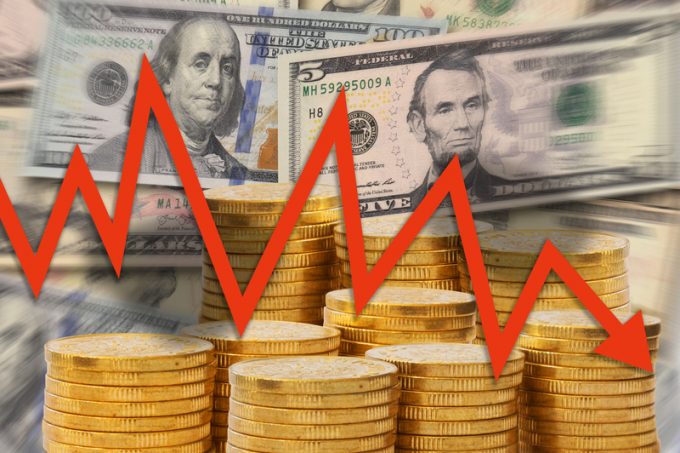Canada and Mexico get cosy with trade plan to bypass US
Canada and Mexico are closing in on a scheme to bypass the US to reduce ...

As expected, IATA has downgraded its cargo forecast for 2019 from 2% to 0% growth. It is the second downgrade this year, after it cut forecasts from 3.7% growth to 2% in March.
As it noted, 2017 saw “exceptional” demand, with 9.7% growth followed by 3.4% in ...

Comment on this article